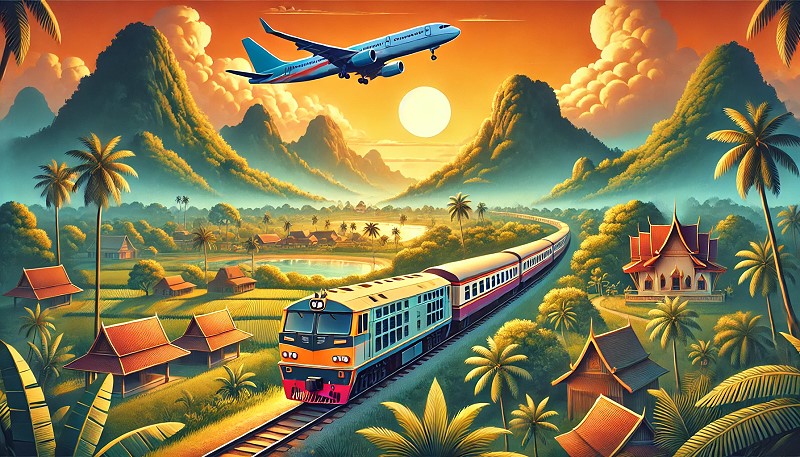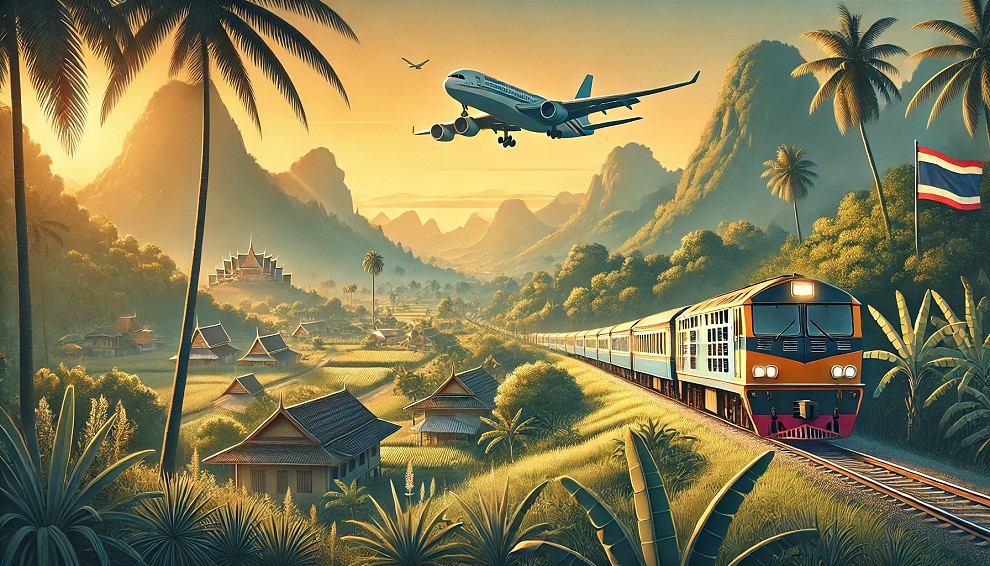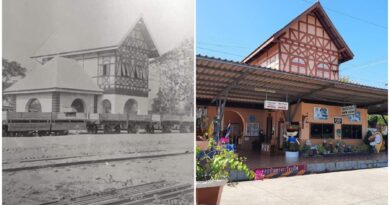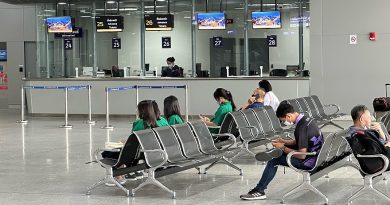Train vs. Plane: Why Slowing Down Might Be the Best Way to See Thailand
Thinking about your next adventure in Thailand? Trains and planes each have their perks, but when it comes to soaking in the stunning landscapes and enjoying a relaxed, eco-friendly journey, trains just might win! What do you think? Would you prefer the scenic train ride or the speedy flight? Share your pros and cons in the comments, and let’s see which side wins!
Travelling by Train
Pros:
- Scenic Views:
- Trains allow you to experience beautiful landscapes, from mountains to rural villages, making the journey a part of the adventure.
- Comfort and Space:
- More legroom and larger seats compared to airplanes, especially in sleeper cars on long-distance trains. Some trains also offer sleeper cabins, dining cars, and Wi-Fi.
- Eco-Friendly:
- Trains produce significantly fewer carbon emissions compared to planes, making them a more sustainable choice for environmentally-conscious travelers.
- Cost-Effective:
- Train tickets, especially for domestic routes, are often cheaper than flights. Plus, there are no extra fees for baggage or seat selection.
- Central Locations:
- Train stations are often located in city centers, unlike airports, which are usually farther out. This saves time and money on transfers to and from transportation hubs.
- Relaxed Security and Boarding:
- No need for long security lines or early arrivals. Boarding a train is generally quicker and more straightforward than going through an airport.
- Flexibility:
- Trains offer more frequent and flexible schedules. Many routes allow passengers to hop on and off at various stops, offering greater freedom.
Cons:
- Slower Travel Time:
- Trains are generally slower than planes, especially for long distances. For example, a train from Bangkok to Chiang Mai can take 10-12 hours compared to a 1-hour flight.
- Limited Routes:
- While train networks cover many parts of Thailand, they don’t offer as extensive coverage as air routes, especially for remote islands or destinations with no train access.
- Inconsistent Wi-Fi:
- Not all trains offer reliable Wi-Fi or power outlets, which can be a downside for those wanting to work or stay connected during their journey.
- Fewer Amenities:
- Compared to planes, train amenities can be more basic, especially on older trains. The dining options might be limited, and in some cases, cleanliness can be an issue.
- Crowded on Peak Days:
- Trains, especially during peak travel periods, can become crowded, leading to potential discomfort if you’re traveling in non-sleeper class.
Traveling by Plane
Pros:
- Faster Travel:
- Airplanes are much faster, especially for long-distance travel. What might take a train 10 hours can be done by plane in under 2 hours.
- More Routes:
- Planes cover a wider network of destinations, especially remote islands and international routes, offering more options for travelers.
- Modern Amenities:
- On many flights, passengers enjoy entertainment systems, meals, Wi-Fi, and other conveniences depending on the airline and route.
- Comfort for Long Distances:
- For longer trips, flights are significantly more comfortable in terms of time spent. Even with layovers, flying often results in shorter travel times than the equivalent by train.
Cons:
- Environmental Impact:
- Air travel is a significant contributor to carbon emissions, making it less eco-friendly compared to trains.
- Hidden Costs:
- Flights often come with additional fees for baggage, seat selection, in-flight meals, and last-minute bookings, which can add to the total cost.
- Airport Hassles:
- Travelers need to arrive at airports well in advance for security checks and boarding. Long lines, delays, and baggage claim can also add stress and extra time to the journey.
- Far from City Centers:
- Airports are often located far from city centers, requiring additional time and cost for transport between the airport and your final destination.
- Less Scenic:
- Air travel bypasses the landscapes you would otherwise see on a train, meaning you miss out on the opportunity to experience the beauty of Thailand’s countryside.
- Turbulence and Security Stress:
- Some passengers find flying stressful due to turbulence, the security process, or fear of flying, making train travel a more relaxed alternative.
Conclusion:
- Choose Train if you prioritize sustainability, comfort, scenic travel, and a more relaxed experience, especially for short-to-medium distances.
- Choose Flying if speed, convenience for long distances, and extensive route options are more important to you.
Each mode of travel has its benefits, so the decision depends on what the traveler values most—whether that’s efficiency, comfort, cost, or environmental impact.









Train travel can be great fun if you are a leisure traveler with all the time in the world. But let’s get a couple of untruths out of the way. 1. In Thailand trains are hauled entirely by locomotives powered by a particularly dirty fossil fuel i.e. diesel. Chugging along for 12 hours spewing out diesel fumes does NOT produce less emissions than a 1 hour plane flight. And we haven’t even begin to consider the carbon emissions produced by maintaining and renewing thousands of miles of surface. infrastructure.
2. Thailand’s airports serve a multitude of cities that trains do not go anywhere near and are extremely close to their respective city centres. Bangkok’s brand new Central station is only a couple of miles away from Don Mueng (so what’s the difference) and it’s significantly more inconvenient to get to than Suvarnabhumi if you live on the eastern seaboard.
Don’t get me wrong, I love a train ride but train travel is no more climate friendly than air travel.